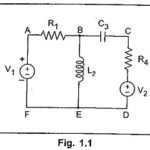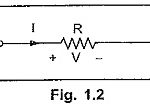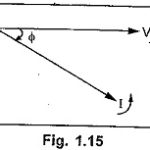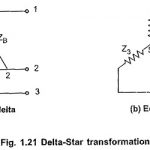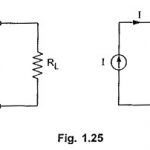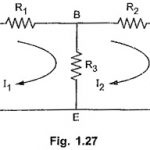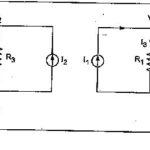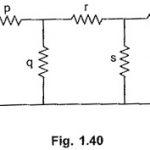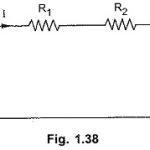Basics of Network Analysis Articles:
Network Terminology: In this Network Terminology, we shall define some of the basic terms which are commonly associated with a network. 1.Network Any arrangement of the various electrical energy sources along with the different circuit elements is called an electrical network. Such a … (Read More)
Classification of Electrical Network: The behaviour of the entire network depends on the behaviour and characteristics of its elements. Based on such characteristics electrical network can be classified as below : 1.Linear Network : A circuit or network whose parameters i.e. elements like … (Read More)
Circuit Elements: Let us take a brief review of three basic Circuit Elements namely resistance, capacitance and inductance. Resistance It is the property of the material by which it opposes the flow of current through it. The resistance of element is denoted by … (Read More)
Types of Energy Sources: There are basically two Types of Energy Sources ; voltage source and current source. These are classified as i) Ideal source and ii) Practical source. Let us see the difference between ideal and practical sources. Voltage Source Ideal voltage source is … (Read More)
AC Fundamentals: Let us discuss in brief, the AC Fundamentals necessary to analyse the networks consisting of various alternating current and voltage sources, resistances and inductive, capacitive reactances. An alternating current or voltage is the one which changes periodically both in Cycle … (Read More)
Delta to Star Conversion and Star to Delta Conversion: In the complicated networks involving large number of elements, Delta to Star and Star to Delta Conversion considerably reduce the complexity of the network and network can be analysed very quickly. These … (Read More)
Cramer Rule: If the network is complex, the number of equations i.e. unknowns increases. In such case, the solution of simultaneous equations can be obtained by Cramer Rule for determinants. Let us say that set of simultaneous equations obtained is, as follows … (Read More)
Source Transformation Technique: Sometimes in the complex network, both the energy sources may be present. But in loop analysis, all the energy sources should be preferably voltage sources and in node analysis, all the energy sources should be preferably current sources. … (Read More)
Loop Analysis with Current Source or Mesh Analysis: This method of Loop Analysis is specially useful for the circuits that have many nodes and loops. The difference between application of Kirchhoff’s laws and loop analysis is, in loop analysis instead of … (Read More)
Nodal analysis: This Nodal analysis method is mainly based on Kirchhoff’s Current Law (KCL). This method uses the analysis of the different nodes of the network. We have already defined a node. Every junction point in a network, where two or … (Read More)
Ladder Network Circuit Analysis: By using this Ladder Network Circuit Analysis, we can find the equivalent resistance by Continued Fractions Method. Consider a Ladder Network Circuit as shown in the Fig. 1.40. Let us calculate equivalent resistance by series parallel method first. So (t … (Read More)
Voltage and Current Divider Rule: Voltage and Current Divider Rule is explained by two conditions, namely Voltage Division in Series Circuit of Resistors Current Division in Parallel Circuit of Resistors Voltage Division in Series Circuit of Resistors: Consider a series circuit of two resistors R1 … (Read More)
